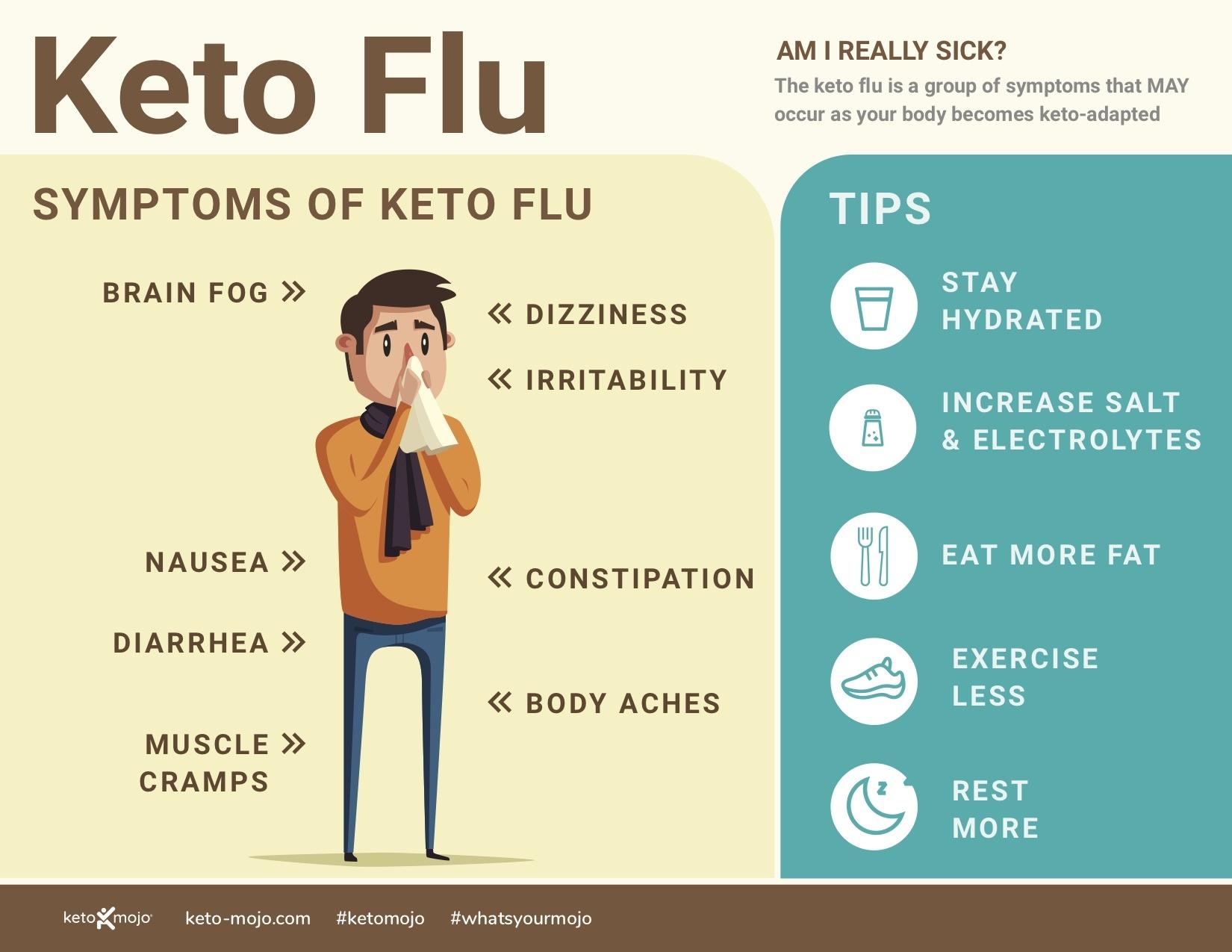
How does hydration affect keto flu?
Understanding Keto Flu: Symptoms, Causes, and Remedies
The ketogenic diet, widely known for its potential weight loss benefits and improved metabolic health, often comes with a challenging transition period known as the keto flu. This article delves into what keto flu is, its symptoms, causes, and effective strategies to alleviate its effects.
What is Keto Flu?
The term keto flu refers to a group of symptoms that many individuals experience when they transition to a ketogenic diet, which is characterized by low carbohydrate intake and high fat consumption. While not a medically recognized condition, the keto flu can be uncomfortable and may deter people from sticking to their new eating regimen.
Symptoms of Keto Flu
Understanding the symptoms of keto flu is essential for managing them effectively. Here are the most common symptoms associated with this transitional phase:
- Fatigue and lethargy
- Headaches
- Dizziness
- Nausea
- Irritability
- Difficulty sleeping
- Muscle cramps
- Brain fog
Why Does Keto Flu Occur?
Upon starting a keto diet, your body undergoes several metabolic changes as it shifts from burning glucose to burning fat for energy. This transition can lead to a temporary state of discomfort due to the following factors:
1. Carbohydrate Withdrawal
As you reduce your carbohydrate intake, your body goes through withdrawal-like symptoms, which can trigger feelings of fatigue, irritability, and cravings.
2. Electrolyte Imbalance
When you cut carbohydrates, your insulin levels drop, causing your kidneys to excrete more sodium and water. This can lead to deficiencies in essential electrolytes such as sodium, potassium, and magnesium.
3. Dehydration
The initial loss of water weight on a keto diet can lead to dehydration, contributing to headaches and fatigue.
Benefits of the Ketogenic Diet
Despite the challenges posed by keto flu, the ketogenic diet has numerous potential benefits:
- Weight Loss: Effective for fat loss due to reduced insulin levels.
- Improved Blood Sugar Control: Beneficial for individuals with type 2 diabetes.
- Enhanced Mental Clarity: Many report improved focus and productivity.
- Increased Energy Levels: Once adapted, many people experience higher energy levels.
Practical Tips to Alleviate Keto Flu Symptoms
Here are some practical tips to help ease the symptoms associated with keto flu:
1. Stay Hydrated
Drink plenty of water to combat dehydration. Aim for at least 8-10 glasses a day, and consider adding electrolytes to your water.
2. Replenish Electrolytes
Consume foods rich in electrolytes, or consider supplements. The following are great sources:
| Electrolyte | Food Source |
|---|---|
| Sodium | Sea salt, bone broth |
| Potassium | Avocados, leafy greens |
| Magnesium | Nuts, seeds, dark chocolate |
3. Gradual Transition
If you’re new to keto, consider easing into the diet instead of going full throttle. Gradually reduce carbohydrates over a week to minimize symptoms.
4. Increase Healthy Fats
Ensure you’re consuming enough healthy fats to provide your body with the energy it needs. Good sources include avocados, olive oil, and fatty fish.
Case Studies: Real-Life Experiences with Keto Flu
Many individuals have shared their experiences with keto flu, highlighting both struggles and successes. Here are a couple of brief case studies:
Case Study 1: Sarah’s Journey
Sarah, a 32-year-old teacher, experienced severe fatigue and headaches during her first week on the ketogenic diet. By increasing her water intake and adding electrolyte-rich foods, she managed to overcome the worst of her symptoms and successfully adapted to the diet.
Case Study 2: Mike’s Transition
Mike, a 45-year-old software engineer, found that gradual carb reduction helped him avoid the worst of keto flu. He reported feeling more energized and mentally clear after the initial transition period, which motivated him to maintain the diet.
First-Hand Experience: My Keto Flu Journey
Like many, I faced keto flu head-on during my transition to a ketogenic lifestyle. The first three days were particularly challenging, filled with headaches and fatigue. However, I found relief by following the hydration and electrolyte tips outlined above. By the end of the first week, I felt a noticeable increase in energy and focus, which made the initial discomfort worthwhile.
Conclusion
keto flu is a temporary phase that many encounter when starting a ketogenic diet. While symptoms can be uncomfortable, understanding their causes and implementing effective strategies can help you transition successfully into ketosis. Remember, the benefits of the ketogenic diet can far outweigh the initial challenges. Stay committed, be patient, and before you know it, you’ll be reaping the rewards of a low-carb lifestyle!
